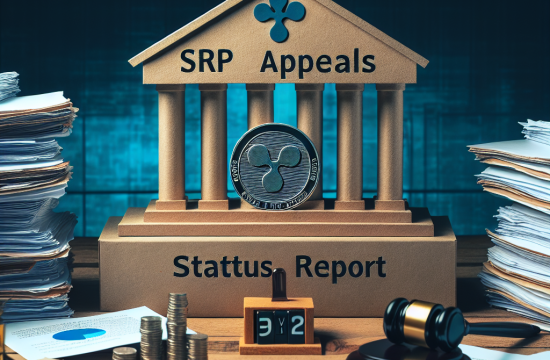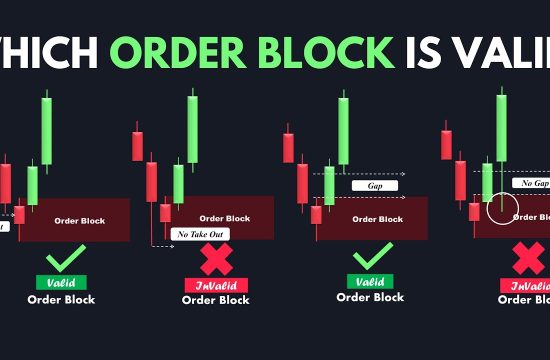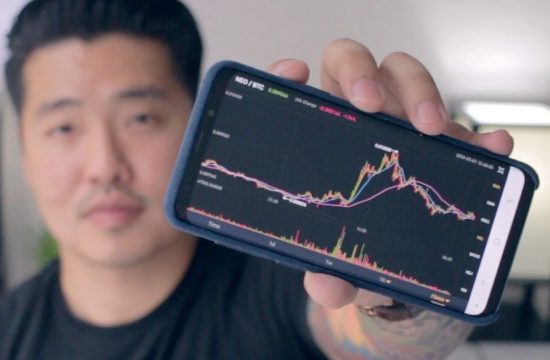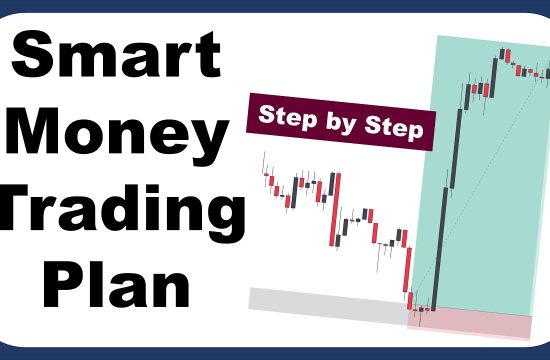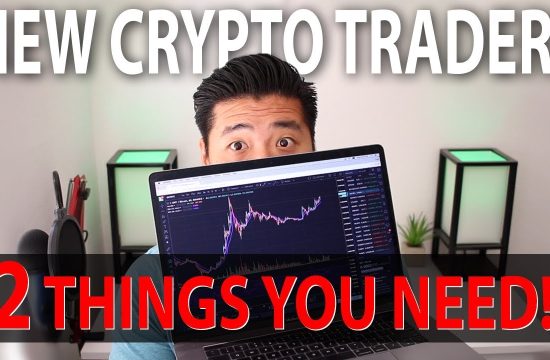Understanding Market Trends
Why Trends Matter
So, let’s dive into the meat of things. When I first started trading Bitcoin, I quickly learned that understanding market trends can be a game-changer. You see, trends provide context; they tell you whether the market is bullish or bearish. Recognizing these patterns early can help you position your trades more effectively. Whether you’re in it for the long haul or just flipping, knowing the trend helps you decide your entry and exit points.
I remember this one time I was stuck in a bear market, and I kept holding onto this losing position, hoping it would just turn around. Spoiler alert: it didn’t. It was a painful lesson, but looking back, I realize I should have paid closer attention to what the charts were telling me. Staying aligned with the trend is like riding a wave rather than trying to swim against the current.
That being said, it’s not all about just picking the biggest trends. There are subtle shifts that happen, too. Maybe the market is consolidating before making a major move. Learning to recognize these nuances takes time, but it’s totally worth it. Don’t just look for major trends; pay attention to the smaller indicators, as they can provide incredible insights into potential future movements.
Utilizing Technical Analysis
The Basics of Technical Analysis
Okay, if you’re serious about trading, you gotta get cozy with technical analysis. This is where the fun begins! Essentially, technical analysis involves studying price charts and patterns to forecast future movements. In my early days, I spent hours pouring over charts and learning how to read candlestick patterns. It was like learning a new language, but trust me, it pays off.
One tool I adore is the Moving Average. It smooths out price data to create a trend-following indicator. What I like about it is that it helps take the noise out of price fluctuations. Additionally, incorporating indicators like the RSI (Relative Strength Index) can help identify when an asset is overbought or oversold, leading to potential entry points for trades.
Another aspect I can’t stress enough is backtesting. It’s like a safety net. Before putting your hard-earned money on the line, you can test your strategies against historical data. This helps validate your approach and gives you confidence to move forward during the inevitable market chatter.
Risk Management Strategies
Setting Your Limits
If there’s one thing I’ve learned in my trading journey, it’s the importance of risk management. Seriously, if you want to stick around in this volatile world of Bitcoin, you need to know your limits. I always set stop-loss orders to protect my investments. It feels good knowing that I won’t lose my shirt if a trade goes south.
One strategy I employ is the 1% rule, which means I never risk more than 1% of my total trading capital on a single trade. This way, I can sustain a string of losses without it affecting my entire portfolio. It’s like having a backup plan that cushions the blow when the inevitable market sideways happens.
Also, diversify your assets. I learned the hard way that putting all my eggs in one basket can lead to disaster. By spreading out your investments across multiple cryptocurrencies, you reduce the risk associated with any single asset. This way, if one coin makes a nosedive, you’ve got others that may help keep you afloat.
Staying Updated with News and Events
The Role of News in Trading
Let’s be real, the world of Bitcoin is super interconnected with news and events. I can’t tell you how many times I saw a price drop or surge based on a single news headline. Being aware of what’s happening in the crypto world is crucial. Whether it’s regulations, technological advancements, or even market sentiment shifts, these all play into the price dynamics.
Following reliable news sources helps a ton. When I stayed plugged in, it allowed me to react quickly to developments that could affect my trades. There are various apps and platforms that aggregate news, making it easier to stay on top. And remember, don’t just react; analyze. Sometimes the initial impact of news can be overstated.
It’s all about having the right lens. Learn to differentiate between short-term noise and long-term signals. Many traders get swept away by every rumor on Twitter, leading to knee-jerk reactions. Instead, stay calm, assess the situation, and make informed decisions. Keep the hype in check and don’t let emotions dictate your trades!
Reviewing and Adjusting Strategies
The Importance of Reflection
Now, let’s talk about something many traders overlook: reflection. After each trading period, I sit down and analyze my trades. It’s not just about looking at profits and losses; it’s about understanding the ‘why’ behind my decisions. What worked? What didn’t? This kind of reflection can drastically improve your trading game.
I even keep a trading journal where I document my thought processes, strategies used, and outcomes. This has been a goldmine for me, helping to identify patterns and mistakes. Over time, it helps you understand your emotional responses to trading – because let’s face it, we all struggle with emotions at some point.
As markets evolve, so should your strategies. What worked yesterday might not be effective tomorrow. Stay flexible and be ready to tweak your strategies as necessary, based on your reviews. Adaptability is key in a landscape that’s constantly changing, and being a static trader might just lead to missed opportunities.
FAQs
What is the most important factor in Bitcoin trading?
The most important factor is understanding the market trends. Being able to read the market allows you to make informed decisions about when to enter or exit trades.
How can I start with technical analysis?
You can start by learning basic chart patterns and indicators, such as the Moving Average and RSI. There are plenty of tutorials and resources available online to help you get started.
What’s a good risk management strategy?
A good risk management strategy is to never risk more than 1% of your total capital on a single trade. This helps protect your overall portfolio from significant losses.
Why is news important in trading?
News can heavily influence market sentiment and price movements. Understanding the latest developments can help you make timely and informed trading decisions.
How often should I review my trading strategies?
It’s beneficial to review your trading strategies regularly, ideally after each trading period. This allows you to understand what worked, what didn’t, and adjust your approach accordingly.
Related Content
- NFT Sales Drop 7.91% as Buyers and Sellers Pull Back Sharply
- Inscriptions: Just A Fad, Or A Real Threat To Bitcoin Becoming Decentralized Money?
- Paypal’s Green Mining Initiative Makes Zero Sense
- Solana Price News Today – SOL Elliott Wave Price Technical Analysis, Price Update!
- Tether Freezes $225 Million in USDT After DOJ Investigation, Calling It ‘Largest-Ever Freeze of USDT’





